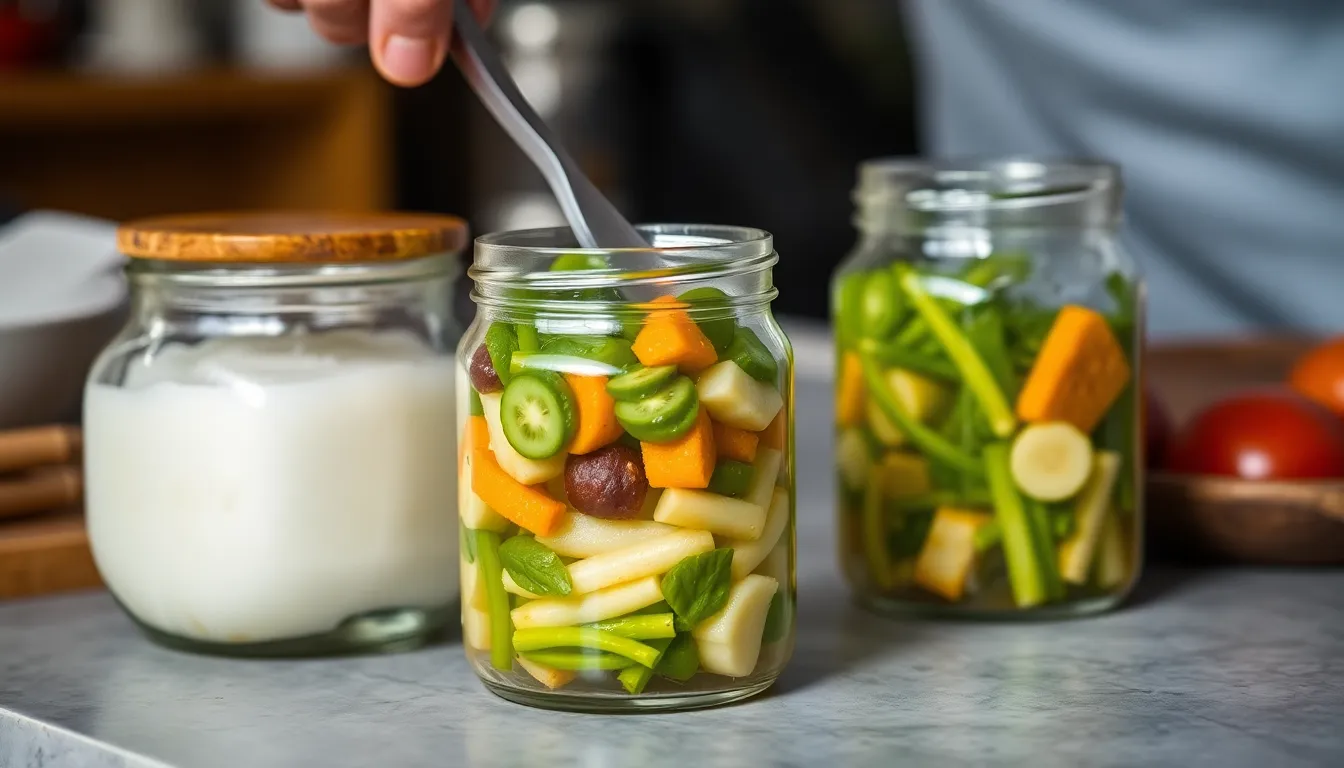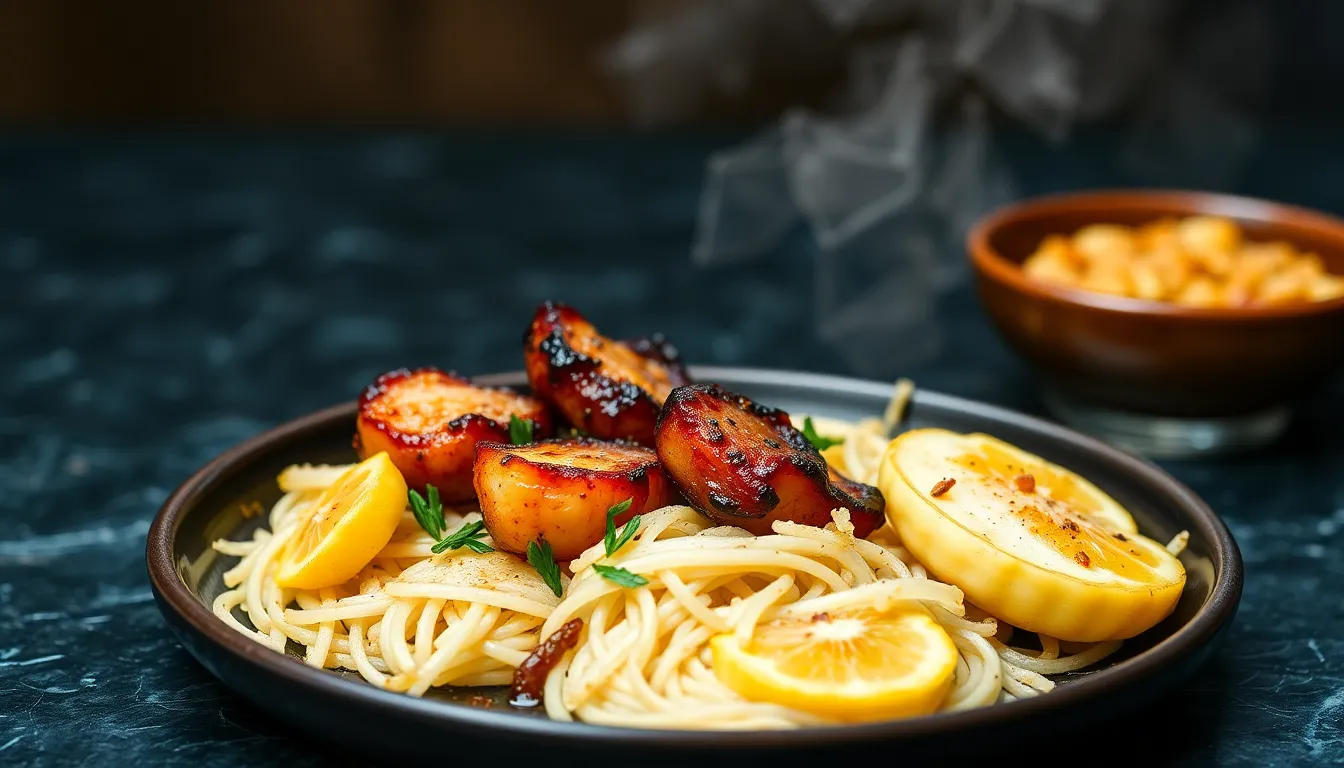The Best Grains for Gluten-Free Diets
Introduction
In recent years, gluten-free diets have gained significant popularity, driven by health awareness and lifestyle choices. For those with celiac disease or gluten intolerance, adhering to a gluten-free diet is not just a choice; it’s a necessity for maintaining health and well-being. But what exactly is gluten, and why should we be cautious of it?
Gluten is a group of proteins primarily found in wheat, barley, and rye. It acts like a glue that holds food together, giving dough its elasticity and texture. Unfortunately, it’s also the culprit behind various health issues for those sensitive to it. Given the prevalence of gluten-containing products, finding suitable alternatives that offer nutritional benefits can be challenging.
This article aims to highlight the best grains that are not only gluten-free but also nutritious, versatile, and delicious. Whether you’re looking to diversify your diet or simply explore new food options, these grains can be wonderful additions to your meals.
Section 1: Understanding Gluten-Free Grains
Gluten-free grains are those that do not contain gluten, making them safe for individuals who are sensitive to this protein. Incorporating grains into a gluten-free diet is crucial, as they provide essential nutrients, fiber, and energy, which might otherwise be lacking in a gluten-free lifestyle.
Despite the growing popularity of gluten-free diets, there are several misconceptions surrounding them. Some people believe that all grains are off-limits or that gluten-free diets lack flavor and variety. However, this is far from the truth. With a wide array of gluten-free grains available, there’s no need to miss out on delicious meals.
Section 2: Top Gluten-Free Grains
2.1 Quinoa
Quinoa is often praised for its impressive nutritional profile. This ancient grain is rich in protein, fiber, and essential amino acids, making it a great choice for those on a gluten-free diet.
Nutritional Benefits:
- High in protein (about 8g per cup cooked)
- Contains all nine essential amino acids
- Rich in magnesium, iron, and antioxidants
Cooking Tips and Recipe Ideas:
- Rinse quinoa thoroughly before cooking to remove its natural coating, known as saponin, which can taste bitter.
- Use a 2:1 liquid-to-quinoa ratio when cooking.
- Try quinoa salads, pilafs, or even breakfast porridge.
2.2 Brown Rice
Brown rice is another excellent gluten-free grain, known for its nutty flavor and chewy texture. It is a whole grain that retains its bran and germ, providing more nutrients than white rice.
Nutritional Profile:
- Approximately 5g of protein per cup cooked
- High in fiber, which aids digestion
- Contains B vitamins and various minerals
Best Uses in Meals:
- Perfect as a base for stir-fries, curries, and casseroles.
- Use in grain bowls paired with vegetables and protein.
2.3 Buckwheat
Despite its name, buckwheat is not related to wheat and is entirely gluten-free. This nutrient-dense grain is rich in antioxidants and has a distinct earthy flavor.
Origins and Characteristics:
- Originated in Asia and has been cultivated for over 8,000 years.
- High in antioxidants and fiber, buckwheat supports heart health.
Recipe Suggestions:
- Make buckwheat pancakes or porridge for breakfast.
- Use toasted buckwheat (kasha) in salads or as a side dish.
2.4 Millet
Millet is a tiny, round grain that is often overlooked but is packed with nutrients. It is mildly sweet and can be used in various dishes.
Health Benefits:
- Rich in magnesium, phosphorus, and B vitamins.
- High in fiber, promoting digestive health.
Versatile Cooking Methods:
- Cook millet like rice; use it in salads, soups, or pilafs.
- Prepare it as a breakfast porridge topped with fruits and nuts.
2.5 Amaranth
Amaranth is considered an ancient grain and is known for its vibrant color and unique texture. It is also a complete protein source.
Ancient Grain Benefits:
- High in protein (about 9g per cup cooked).
- Contains lysine, an amino acid often lacking in other grains.
How to Incorporate into Your Diet:
- Add amaranth to soups or as a thickener.
- Use it in baking or as a base for grain bowls.
2.6 Teff
Teff is a tiny grain with a significant nutritional punch. It is a staple in Ethiopian cuisine, particularly in the famous injera bread.
Nutritional Highlights:
- High in iron, calcium, and protein.
- Rich in dietary fiber, contributing to satiety.
Traditional Dishes Featuring Teff:
- Injera – a sourdough flatbread used as a base for various stews.
- Teff porridge or as an alternative in baked goods.
Section 3: Nutritional Comparison Table
| Grain | Protein (g) | Fiber (g) | Key Vitamins & Minerals |
|---|---|---|---|
| Quinoa | 8 | 5 | Magnesium, Iron, Antioxidants |
| Brown Rice | 5 | 3.5 | B Vitamins, Magnesium |
| Buckwheat | 6 | 4.5 | Antioxidants, Fiber |
| Millet | 6 | 2.4 | Magnesium, Phosphorus |
| Amaranth | 9 | 5.2 | Iron, Calcium |
| Teff | 10 | 8 | Iron, Calcium, Protein |
Section 4: Tips for Cooking with Gluten-Free Grains
Cooking gluten-free grains may require different techniques compared to traditional grains. Here are some tips to enhance your cooking experience:
- Cooking Techniques: Always refer to specific cooking times and water ratios for each grain. For instance, quinoa typically cooks in about 15 minutes, while brown rice may take up to 45 minutes.
- Flavoring and Pairing Suggestions: Experiment with herbs, spices, and broths to add flavor. Consider pairing grains with roasted vegetables, proteins, or sauces.
- Storage Tips: Keep gluten-free grains in airtight containers in a cool, dry place to maintain freshness. Refrigeration can help extend their shelf life.
Section 5: Incorporating Grains into Your Diet
Incorporating gluten-free grains into your daily meals can be both enjoyable and nutritious. Here are some ideas to get you started:
- Meal Planning Ideas: Plan your meals around grains and include them in salads, stews, and as sides.
- Snack Options: Consider popcorn (made from corn, which is gluten-free), quinoa chips, or homemade granola made with oats.
- Suggestions for Breakfast, Lunch, and Dinner:
- Breakfast: Quinoa porridge topped with fruits or millet muffins.
- Lunch: Brown rice salad with vegetables and protein.
- Dinner: Stuffed peppers with amaranth or teff.
Conclusion
Incorporating gluten-free grains into your diet offers numerous health benefits while providing an array of flavors and textures to enjoy. From the protein-packed quinoa to the ancient grain teff, these grains can elevate your meals and contribute to a balanced diet.
We encourage you to experiment with these gluten-free grains and discover your favorites. Don’t hesitate to share your experiences and recipes in the comments below!
Additional Resources
FAQs
What grains are completely gluten-free?
Grains like quinoa, brown rice, buckwheat, millet, amaranth, and teff are all gluten-free.
Can I substitute traditional grains with gluten-free grains in recipes?
Yes, many gluten-free grains can be used as substitutes for traditional grains, though cooking times and liquid ratios may vary.
Are gluten-free grains less nutritious than gluten-containing grains?
Not necessarily. Many gluten-free grains are high in nutrients, fiber, and protein, often providing more health benefits than refined gluten-containing grains.




